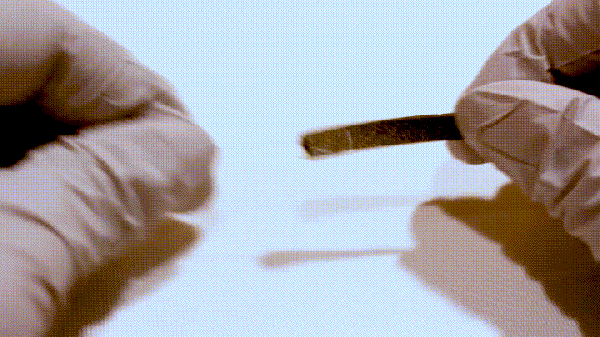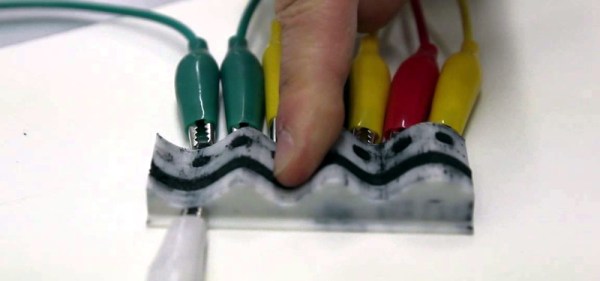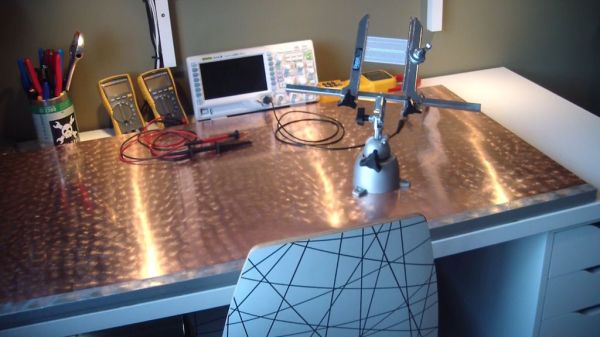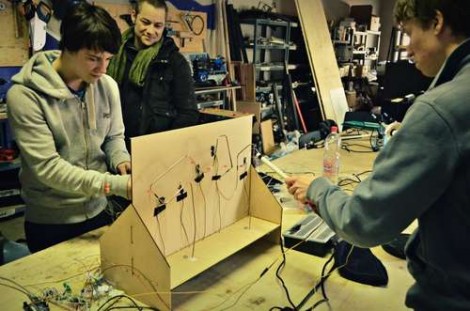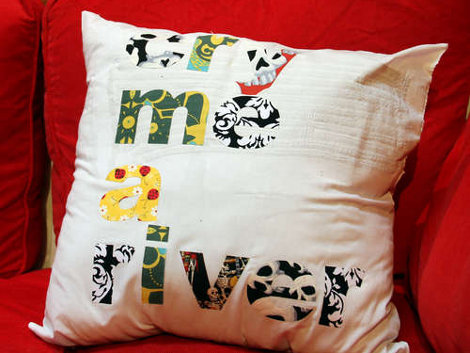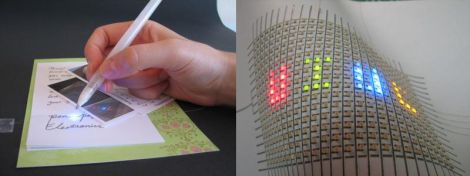One of our favorite turnips, oops, citizen scientists [The Thought Emporium], has released his second Grab Bag video which can also be seen after the break. [The Thought Emporium] dips into a lot of different disciplines as most of us are prone to do. Maybe one of his passions will get your creative juices flowing and inspire your next project. Or maybe it will convince some clever folks to take better notes so they can share with the rest of the world.
Have you ever read a recipe and thought, “What if I did the complete opposite?” In chemistry lab books that’s frowned upon but it worked for the Reverse Crystal Garden. Casein proteins make cheese, glue, paint, and more so [The Thought Emporium] gave us a great resource for making our own and demonstrated a flexible conductive gel made from that resource. Since high school, [The Thought Emporium] has learned considerably more about acoustics and style as evidence by his updated cello. Maybe pulling old projects out of the closet and giving them the benefit of experience could revitalize some of our forgotten endeavors.
If any of these subjects whet your whistle, consider growing gorgeous metal crystals, mixing up some conductive paint or learning the magnetic cello. Remember to keep your lab journal tidy and share on Hackday.io.
Continue reading “Casein, Cello, Carrotinet, And Copper Oxide, Science Grab Bag”


